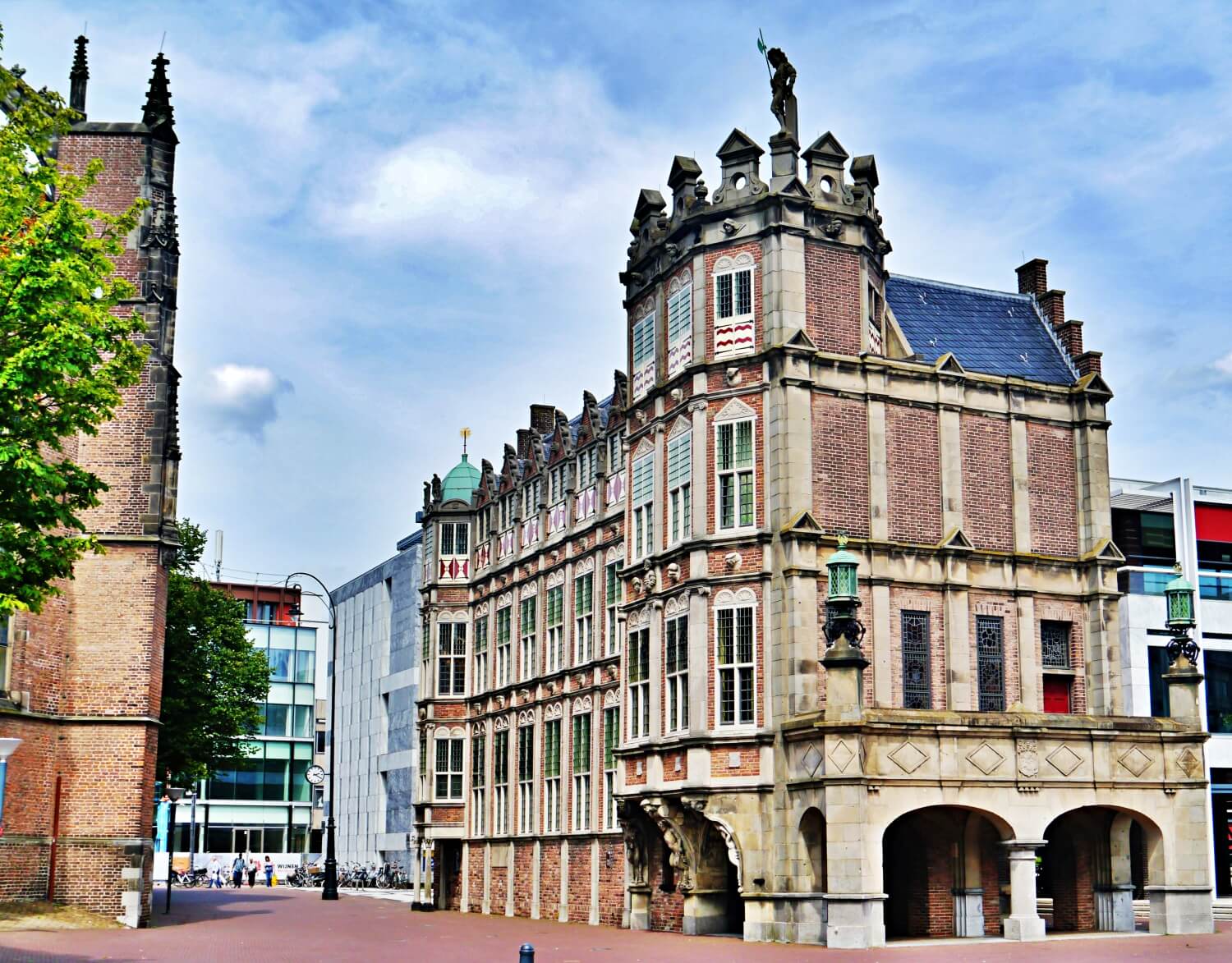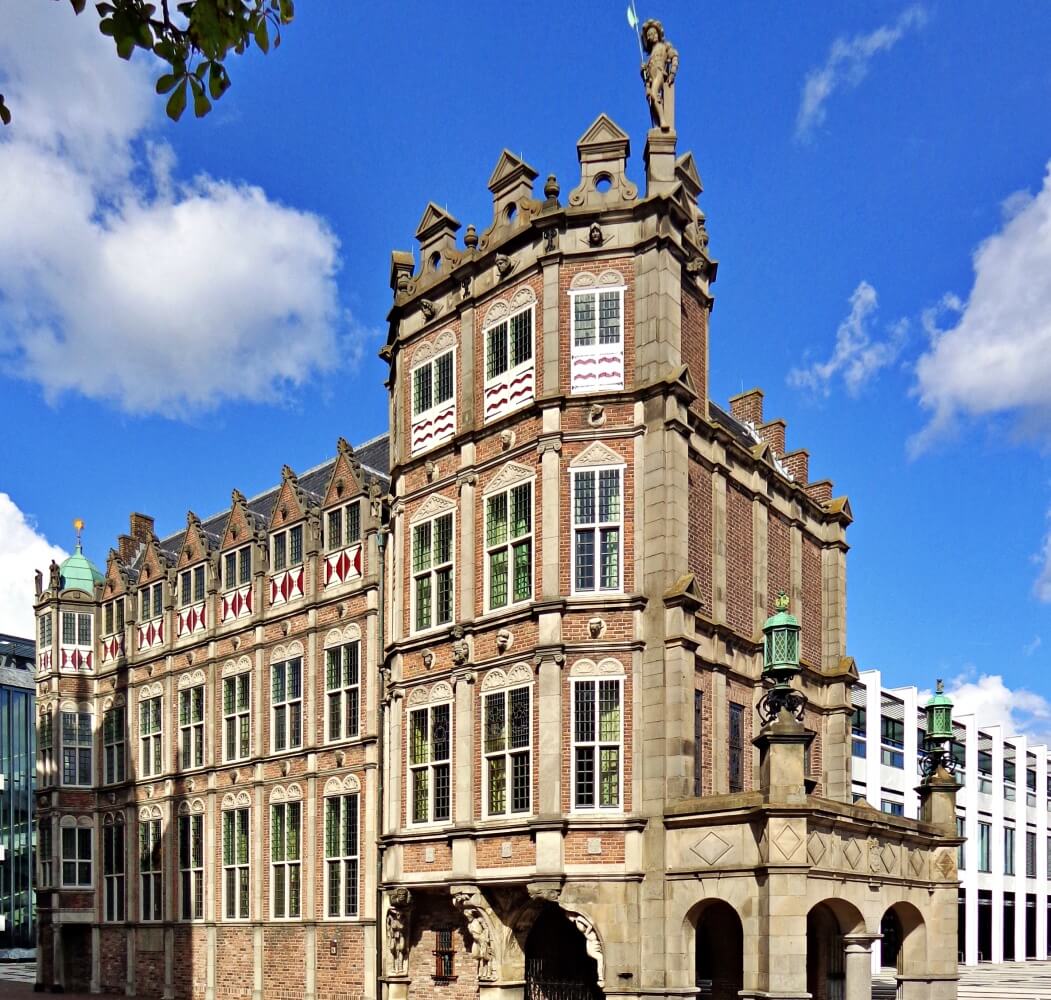Duivelshuis (House of the Devil)
Arnhem Gelderland Netherlands
castle, chateau
Duivelshuis (Arnhem)
Arnhem Gelderland Netherlands
castle, chateau
The Duivelshuis (devils house) is one of the most beautiful and important monuments of Arnhem
Het Duivelshuis is een stadskasteel uit de 16e eeuw in het centrum van Arnhem, in de Nederlandse provincie Gelderland
Previous names
Duivelshuis (House of the Devil), Duivelshuis (Arnhem)
Description
The Duivelshuis (devils house) is one of the most beautiful and important monuments of Arnhem. Its origins lie as far back as the 15th century, when a city farm stood here.
Maarten van Rossem
Duke Charles of Gelre bought it in 1518. This was not by coincidence - the new Eusebius church was being built next to the house. As the church gained in importance, the status of the house also grew. And the duke was never one to let an opportunity pass. After the death of Duke Charles in 1538, his general, Maarten van Rossem, bought the building. Maarten van Rossem was an excellent commander and strategist, who made a significant contribution to the glory of the duchy of Gelre. Unfortunately for Van Rossem, the enemy (Holland) brought a new weapon to the conflict: printing. Van Rossem was portrayed in pamphlets as a ruthless monster, and this is how he has gone down in history.
Renovation
Maarten van Rossem had the house renovated, giving it a gable according to the latest architectural fashion. Much later, this came to be known as 'renaissance' style. The gable is one of the earliest examples of this style in the Netherlands. Van Rossem also had the building embellished with numerous sculptures. The satyrs on the facade were seen by the people of Arnhem as devils, which is how the house came by its name. The mayors of Arnhem have had their offices in the Duivelshuis since 1830. The house was extensively renovated after WWII.
https://excitinghistory.com/de-middeleeuwen/arnhem-duivelshuis
Het Duivelshuis is een stadskasteel uit de 16e eeuw in het centrum van Arnhem, in de Nederlandse provincie Gelderland. Het huis wordt tegenwoordig het Maarten van Rossum Huis genoemd en is onderdeel van het stadhuis. In het stadskasteel bevindt zich de werkkamer van de Arnhemse burgemeester. Recht tegenover het Duivelshuis bevindt zich het provinciehuis van Gelderland.
Geschiedenis
Op deze plek stond ooit een stadsboerderij. Deze woning was eerder het bezit van Johan Mynschart die tussen 1444 en 1463 burgemeester van Arnhem was. Het pand werd toen waarschijnlijk het "Huis van Mynschart" genoemd. In 1518 werd het huis eigendom van hertog Karel van Gelre. Na de dood van de hertog werd het huis in 1539 verkocht aan Maarten van Rossum, de veldheer van de hertog. Het huis werd in 1543 verbouwd en kreeg toen de officiële naam: "Huis van Maarten van Rossum". Na de dood van Van Rossum verkochten de erfgenamen het pand in 1575, waarna het door verschillende eigenaars werd bewoond.
De gemeente Arnhem kocht het Duivelshuis in 1828 ter vervanging van het vervallen stadhuis op de Markt. Twee jaar later werd het stadhuis na een renovatie in gebruik genomen. De gewoonte was dat iedere aftredende burgemeester een eigen glas-in-loodraam liet vervaardigen.
In 1898 werd onder leiding van architect Constantijn Muysken uit Amsterdam het pand weer in historische stijl hersteld. Het huis maakt nog steeds deel uit van het stadhuis. Op de begane grond bevindt zich een kleine zaal, de Schepenzaal. Hier worden veel huwelijken afgesloten. Op de eerste verdieping huist het kantoor van de burgemeester.
Useful information
1.00 EUR - 15min
Recreation area outside
- Municipal administration office
- Closed for visitors
-
Nearby castles

Kasteel Zijpendaal
Arnhem
2.6km
manor, mansion
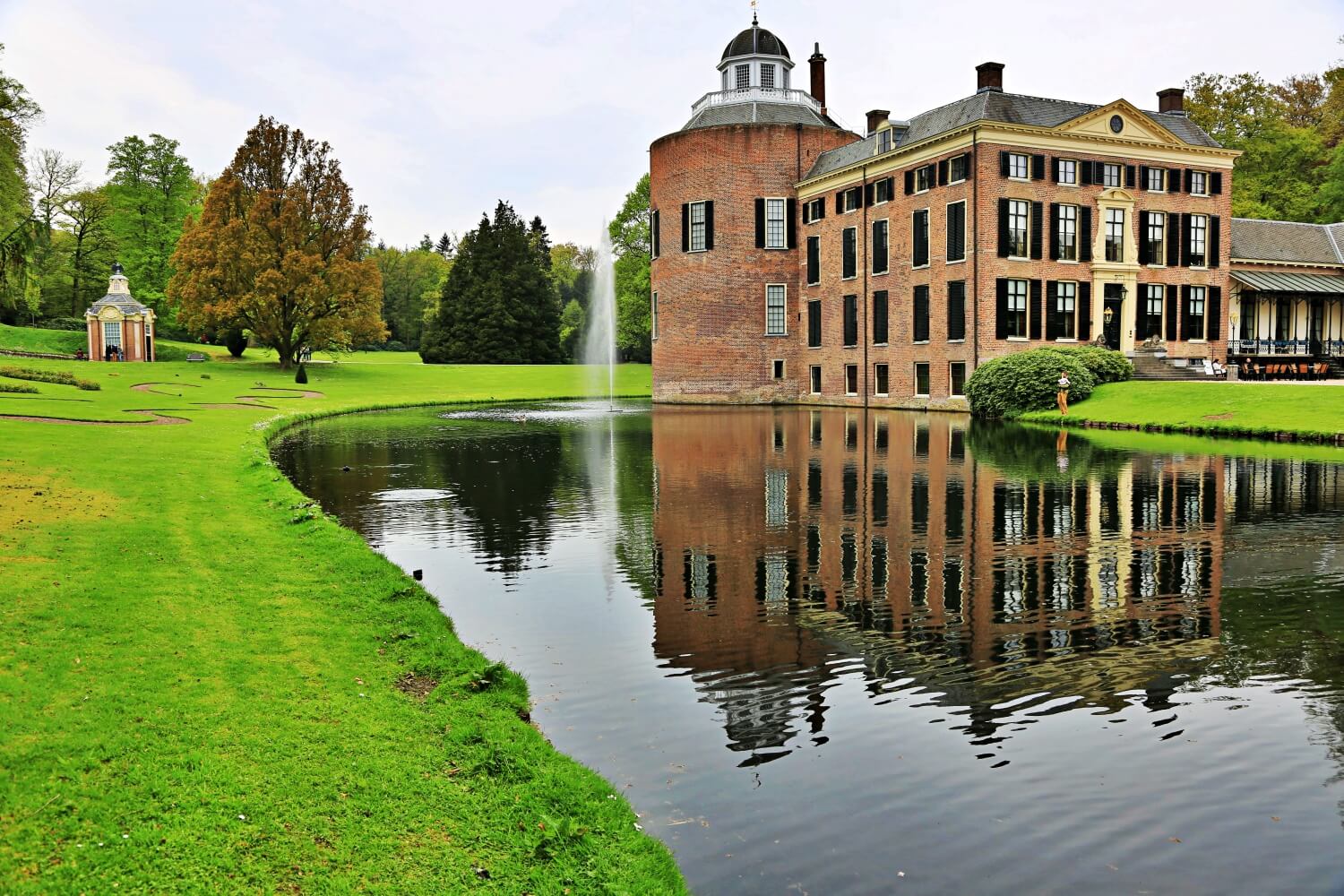
Kasteel Rosendael
Rozendaal
4.9km
manor, mansion
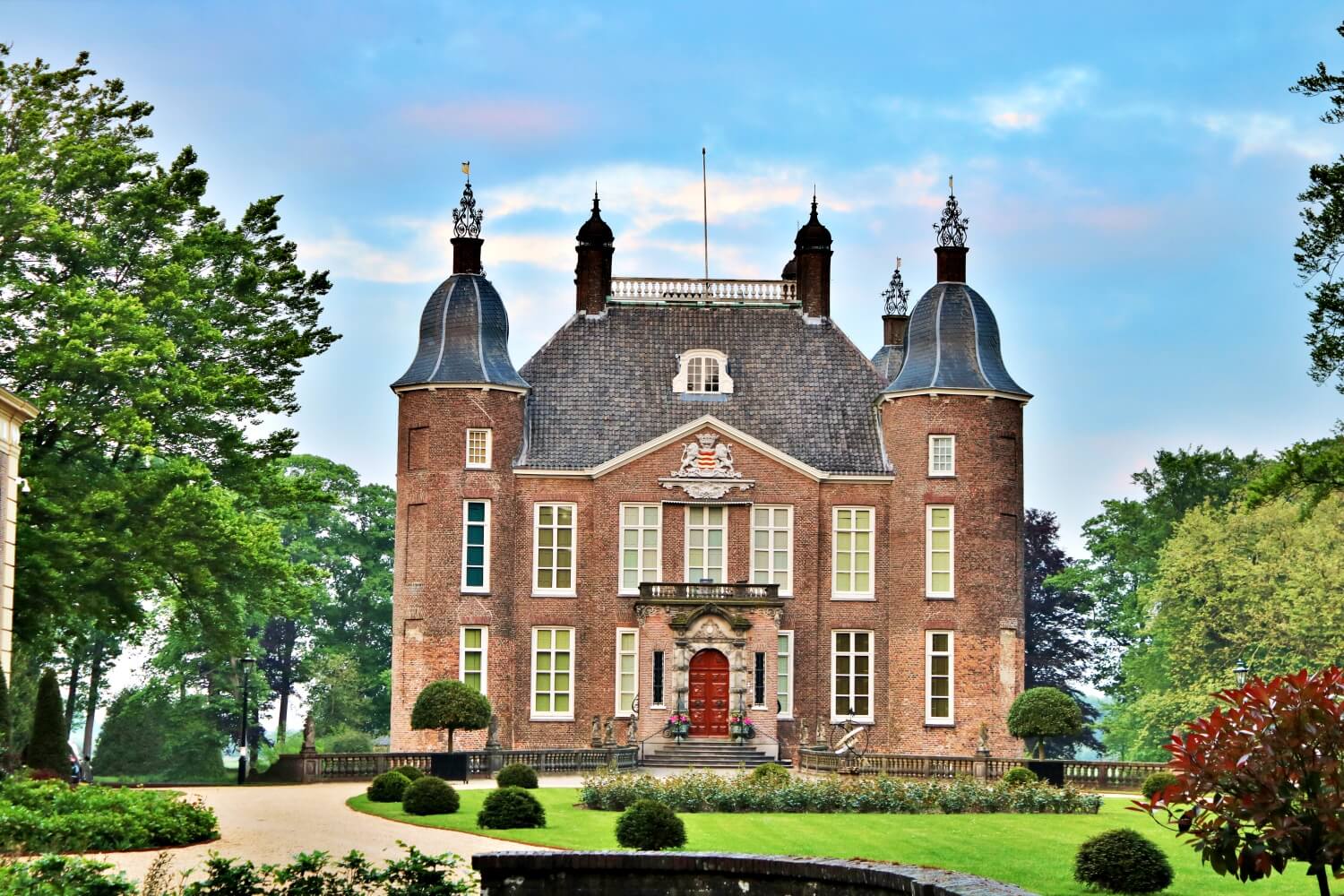
Biljoen Castle
Rheden
5.9km
castle, chateau
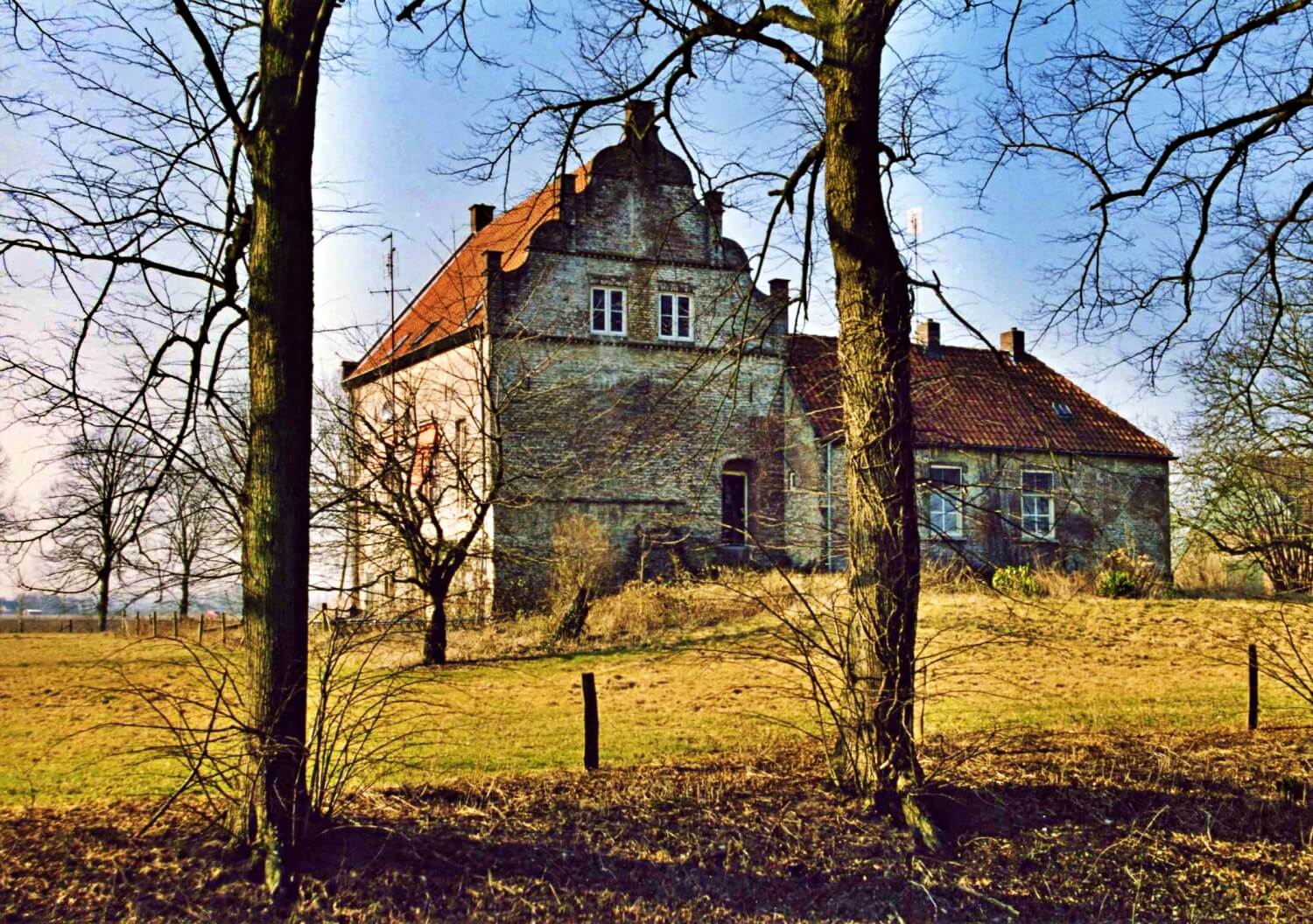
Huis te Lathum
Zevenaar
7.6km
castle, chateau

Magerhorst Manor
Duiven
8.2km
manor, mansion
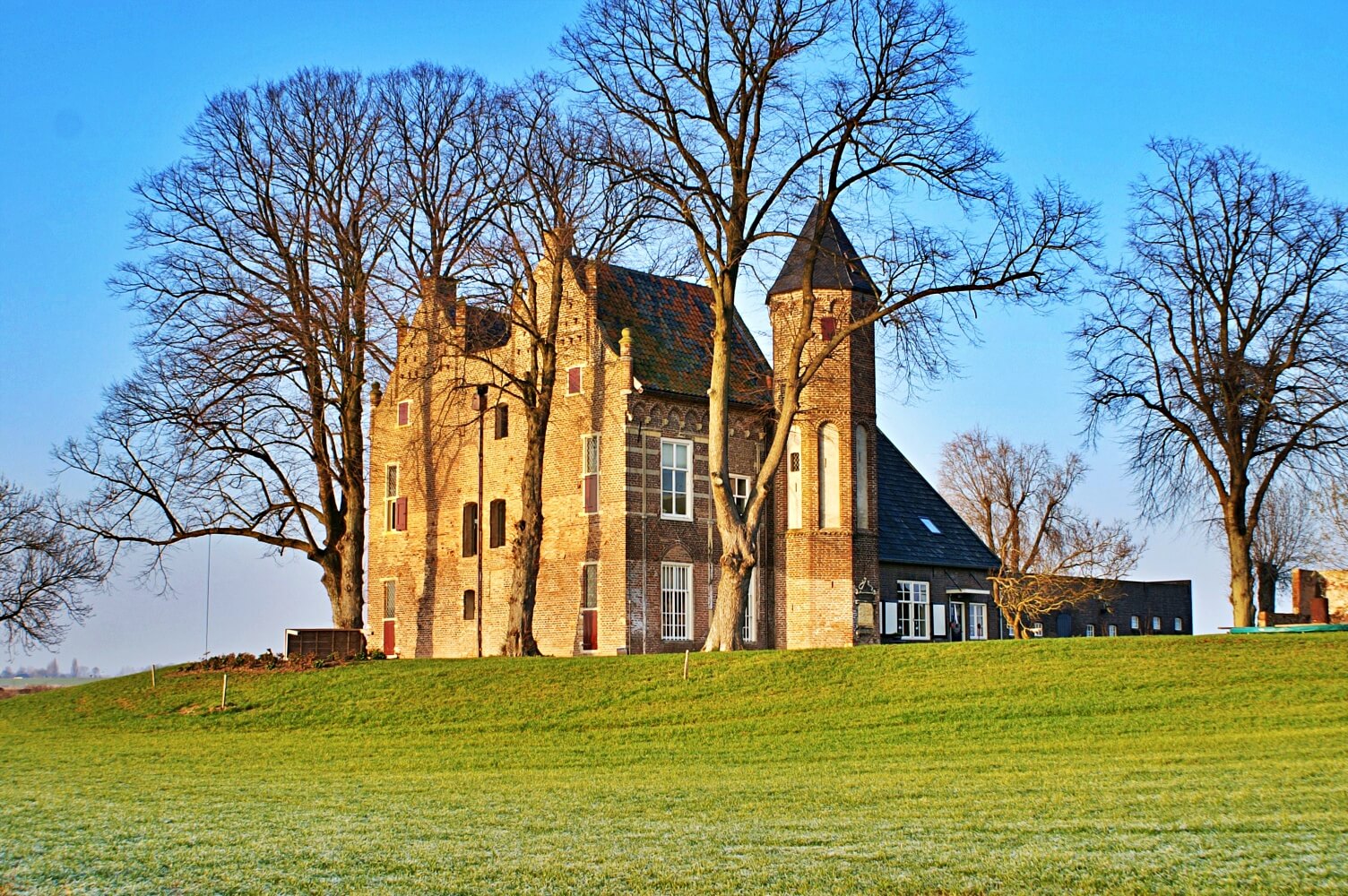
Huis Loowaard
Duiven
8.3km
castle, chateau
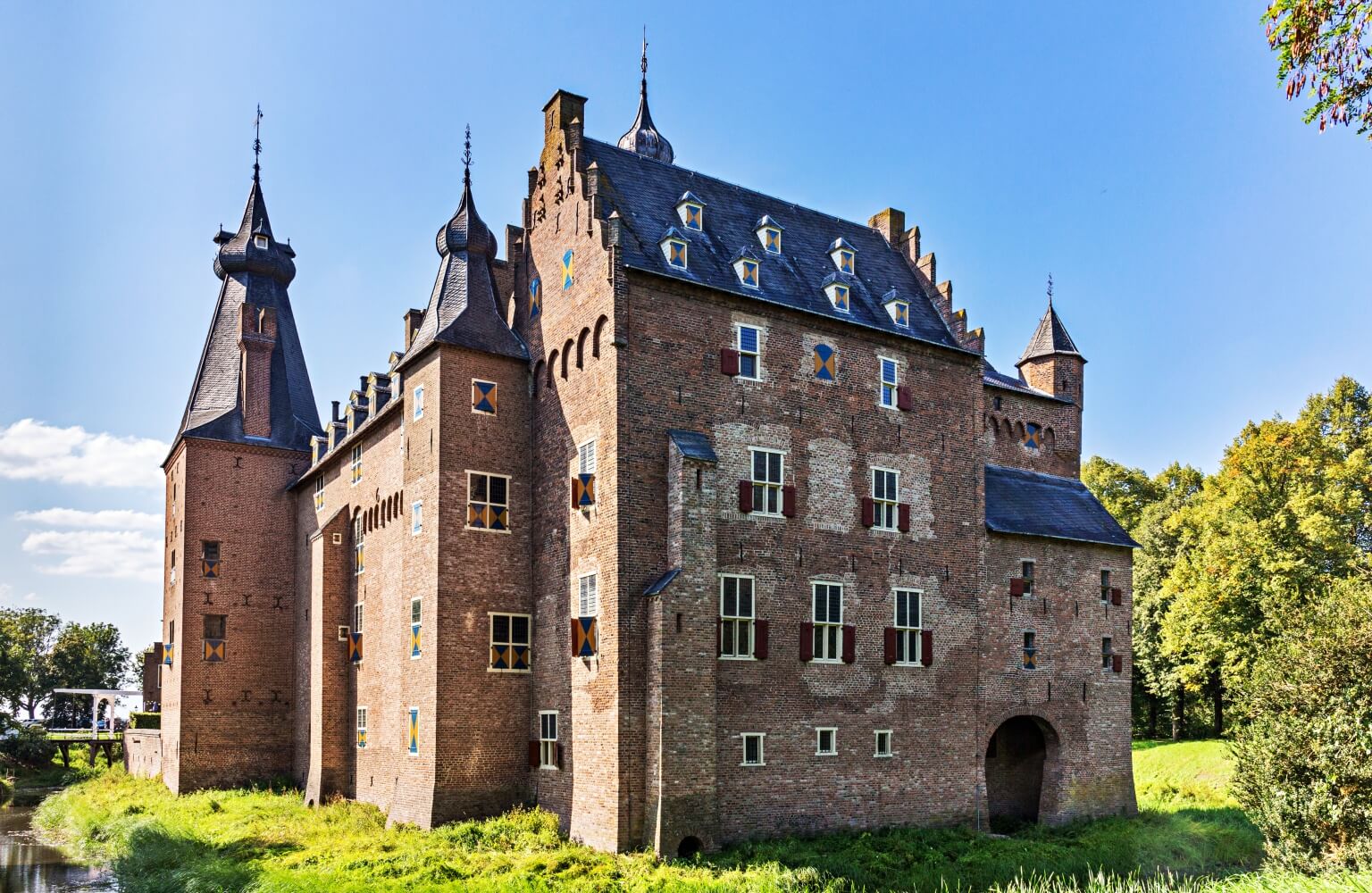
Kasteel Doorwerth
Renkum
8.5km
manor, mansion
